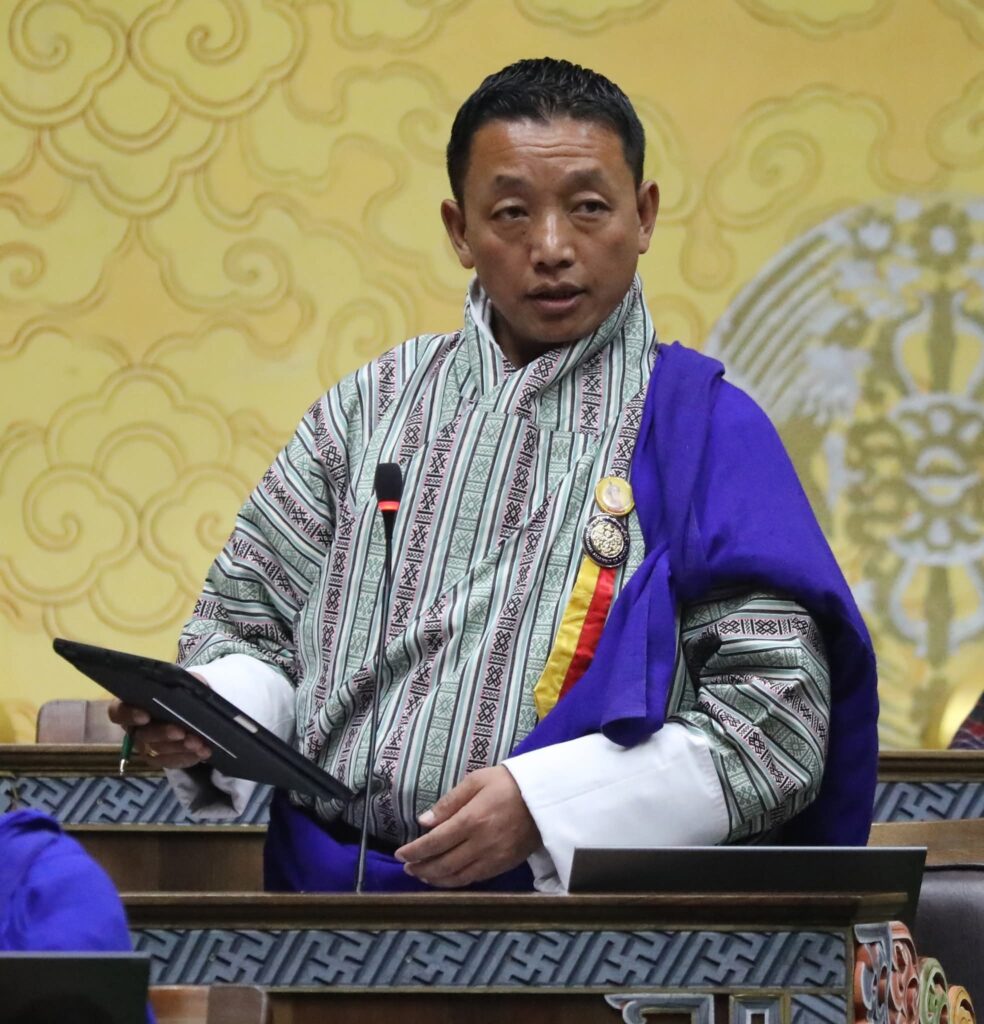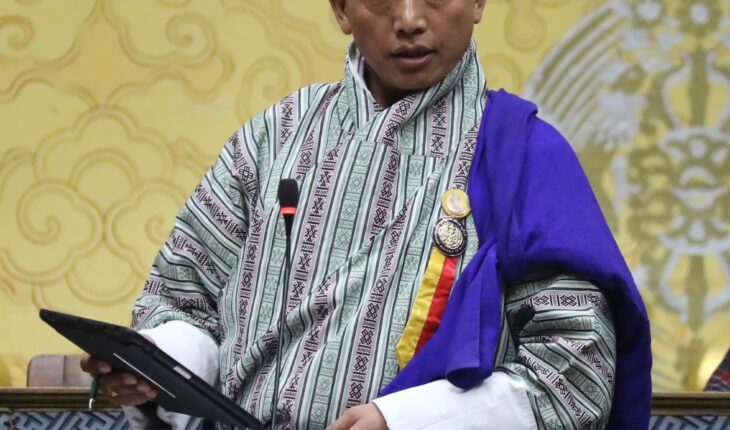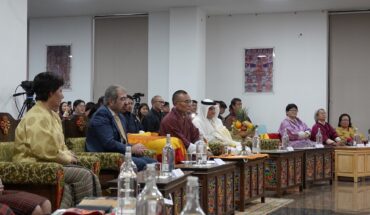
DAWA ZANGMO
Thimphu
The government’s flagship proposal to upgrade and create 63 central schools under Bhutan’s 13th Five-Year Plan has placed the spotlight squarely on one of the most debated topics in the country’s education reform the allocation of resources between central and non-central schools.
As the Ministry of Education and Skills Development (MoESD) champions the central school model to modernize and consolidate the national education system, critics argue that the current pattern of budget allocation threatens to create a divide between well-funded schools and under-resourced institutions.
At the heart of the debate is the stark contrast in financial support being provided to central schools compared to their non-central counterparts.
The government has committed Nu. 14 billion for the transformation of 63 central schools, which averages out to more than Nu. 222 million per school. In contrast, the allocation for the remaining 477 non-central schools stands at only Nu. 5.46 billion, equating to an average of Nu. 11.46 million Per school.
This massive discrepancy where central schools receive nearly 20 times more funding per institution than non-central schools has triggered alarm among education stakeholders, policy observers, and Opposition Members of Parliament, who fear that the imbalance could severely undermine the principles of equitable access and inclusive education.
During the press conference held on July 15, Member of Parliament Tshering Penjor from Gomdar-Deothang Constituency stated;” We raised the disproportionate allocation of funds. We argued that the heavy investment in central schools benefits only a small segment of Bhutan’s student population, while leaving the majority of students in non-central schools to struggle with inadequate infrastructure, limited learning materials, and understaffed classrooms.”
He said the government’s decision to pour Nu. 14 billion into just 63 central schools benefiting only around 13.3 percent of the total schools is deeply concerning.
MP Tshering Penjor said, “It reflects a widening gap in education equity. The remaining 86.7 percent of schools are receiving minimal support, which may compromise their ability to deliver quality education.”
The MP emphasized that the disparity is not just in the numbers, but in real, tangible outcomes that affect children in remote and rural areas. Non-central schools, which make up the majority of Bhutan’s education system, often lack adequate classroom space, proper sanitation facilities, digital tools, and trained faculty.
With an average budget of just Nu. 11.46 million Per school, many of these institutions face daily challenges in even maintaining basic infrastructure.
In contrast, the central schools are being outfitted with extensive facilities such as boarding accommodations, smart classrooms, computer labs, and additional teacher support raising fears that they may emerge as privileged enclaves within an otherwise underfunded public education system.
Bhutan’s Constitution enshrines the right to equitable access to education. Opposition Party argue that the current budget distribution contradicts this principle, favoring a selective and elite model over a more balanced and inclusive national education framework.
Opposition leaders have warned that such policies could exacerbate existing disparities between urban and rural regions and deepen socio-economic divides.
“There is no justification for such a wide gap in per-school funding,” an educator from Pemathang Lower Secondary School. “While it is important to have model institutions, neglecting the majority of schools will only widen the achievement gap, especially when digital learning and new curriculum implementation require equal access to resources.”
The concern goes beyond political rivalry. Teachers in non-central schools have also voiced frustrations about their limited access to teaching aids and digital tools, despite being expected to implement the same curriculum reforms and assessment standards introduced under the education transformation agenda.
In response to criticism, the Ministry of Education and Skills Development has defended its approach. Education Minister Yeezang De Thapa, in a press briefing earlier this year, said that the central school model is part of a broader strategy to consolidate educational resources for more effective service delivery.
She explained that instead of spreading limited budgets across hundreds of schools, the government aims to create high-performing institutions that can serve as benchmarks and centers of excellence.
“Rather than expanding the number of schools, we are focusing on improving existing institutions to bring them up to standard,” the minister said. “This challenge is at the core of our ongoing reform efforts.”
The Ministry maintains that the upgraded central schools will provide better living conditions for students from remote regions, reduce dropout rates, and enhance learning outcomes.
Officials argue that these investments will eventually benefit the broader system as best practices from central schools are replicated elsewhere.
However, critics question the feasibility of such replication without matching financial support for non-central schools.
Without dedicated investment, they argue, under-resourced schools will continue to lag behind, struggling with basic infrastructure while being expected to meet the same performance standards.
Another area of concern raised by the Opposition is the lack of detailed financial breakdowns in the central school proposal.
While capital investment figures are available, the recurring operational costs such as boarding logistics, food and supplies, digital classroom maintenance, teacher housing, and ongoing training remain unclear.
Across the country, educators and school administrators have expressed mixed reactions to the government’s central school focus. While many support the idea of improving educational infrastructure, they also stress the importance of spreading those benefits evenly.
A teacher in one of the non-central schools in Mongar said, “We’re still struggling with basic classroom furniture and internet access. How can we teach 21st-century skills without proper resources? It feels like we are being left behind.”
Some teachers have called for a needs-based funding model that considers school-specific challenges, such as geographic remoteness, student population, and infrastructure condition.
They argue that such an approach would ensure a more just distribution of resources and better align with Bhutan’s commitment to Gross National Happiness, which prioritizes equitable development.
The Opposition continues to advocate for a more inclusive and budget balanced approach. They urge the government to revisit its funding strategy and ensure that all schools central and non-central alike are equipped to deliver quality education.
“We’re not against central schools,” said an Opposition spokesperson. “But we want to ensure that our education system does not become divided between ‘have’ and ‘have-not’ schools. Every child, regardless of where they live, deserves the same opportunity to succeed.”
While the Ministry insists that reforms are in line with global education trends and Bhutan’s development priorities, the conversation around resource allocation is far from over.





